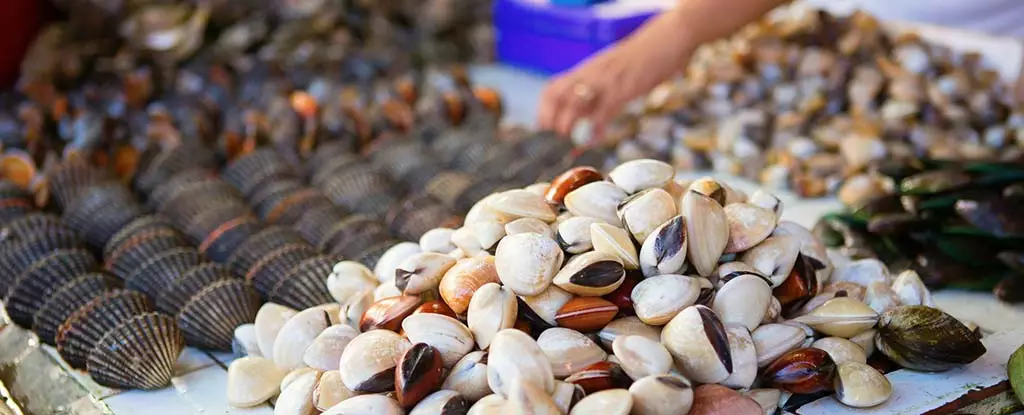The Philippines, a nation comprising over 7,000 islands, is a significant player in the global seafood market. Its tropical waters yield more than four million tonnes of seafood annually, making it the 11th largest seafood producer worldwide. This industry not only supports the economy but also forms the backbone of many coastal communities that rely on fishing and aquaculture for their livelihoods. However, the recent threat posed by toxic marine algae has raised alarming concerns regarding the safety of seafood harvested from these rich waters.
Among the myriad of organisms in marine ecosystems, diatoms stand out due to their unique glass-like shells composed of silica. These single-celled algae are crucial in the marine food chain and are responsible for producing nearly half of the oxygen we breathe. However, not all diatoms are harmless. Of the more than 100,000 known species of diatoms, a select few, such as those in the genus Pseudo-nitzschia, pose serious risks due to their ability to produce domoic acid, a potent neurotoxin.
Domoic acid is predominantly found in certain species of shellfish, sardines, and anchovies that feed on algae. While the presence of this toxin in seafood is rare under normal circumstances, increased human activity is prompting more frequent algal blooms, heightening the chances of toxin accumulation in marine species. This can lead to severe health consequences for consumers, which include gastrointestinal troubles and neurological impacts, such as memory loss and even death.
Historically, the dangers of domoic acid became evident during a tragic incident in 1987 in Prince Edward Island, Canada, where the consumption of contaminated blue mussels resulted in three fatalities and over 100 hospitalizations due to amnesic shellfish poisoning. Since then, countries around the world have intensified their monitoring of Pseudo-nitzschia blooms, effectively minimizing the occurrence of contaminated seafood products. Nevertheless, it appears that the Philippines is lagging behind in monitoring and mitigation efforts.
Recent research conducted by scientists at Ateneo de Manila University and Universiti Malaysia Sarawak has raised a red flag regarding the presence of Pseudo-nitzschia species along the Philippines’ coastal waters. Notably, scientists detected potentially harmful diatoms in farmed shellfish from marine farms located off the densely-populated Luzon Island, though previous knowledge of such blooms had been scant in the region.
The research team undertook an intensive sampling process, collecting seawater from key locations such as the Tahong Farm in Bacoor Bay, a major supplier of mussels to Manila and surrounding provinces, as well as Pagbilao Bay, known for its natural populations of slipper oysters. Through genetic techniques, they successfully isolated 15 strains of Pseudo-nitzschia from these samples, identifying both Pseudo-nitzschia pungens and Pseudo-nitzschia brasiliana as producers of domoic acid.
The identification of P. brasiliana in Luzon is particularly concerning, as it marks the first recorded instance of this species in the area. Its presence could significantly influence future monitoring and management practices for the local seafood industry. By tracking these harmful algal blooms, seafood producers can implement preventive measures, thus protecting both public health and fishery economics.
In light of these findings, it is evident that the Philippines needs to urgently enhance its monitoring frameworks to detect and manage harmful algal blooms effectively. Implementing systematic surveillance can enable timely warnings to be issued for potentially contaminated seafood, thereby safeguarding public health. Local governments and seafood industries must collaborate to establish protocols for regular monitoring, data sharing, and rapid response strategies.
Ultimately, the stakes are high, and the health of both the populations relying on this vital industry and the ecosystems sustaining it hang in the balance. It becomes imperative for stakeholders to remain vigilant and proactive in confronting this hidden threat, as knowledge, awareness, and timely action are essential to preserving the Philippines’ seafood legacy and ensuring the prosperity of its coastal communities.


Leave a Reply